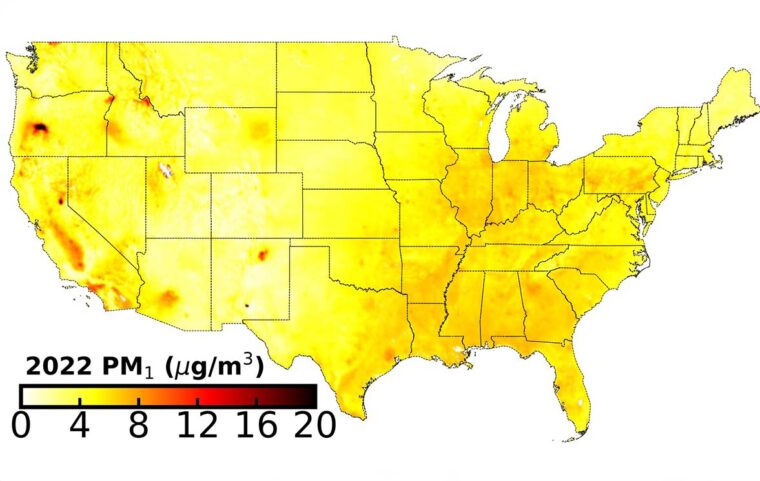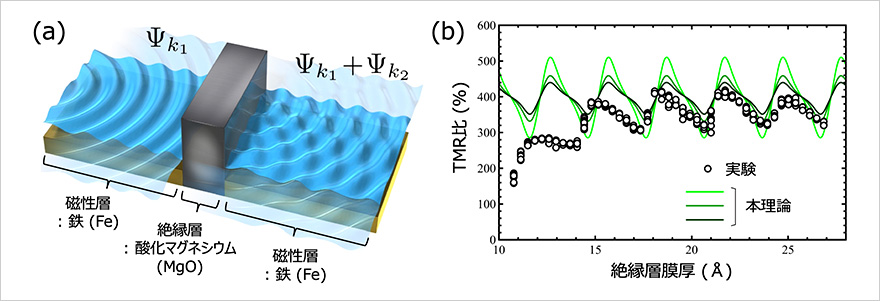2025-06-11 ワシントン大学セントルイス校
<関連情報>
- https://source.washu.edu/2025/06/new-hydrogel-treatments-turn-water-waste-into-fertilizer/
- https://engineering.washu.edu/news/2025/A-breakthrough-in-circular-economy-Nanoparticles-in-hydrogels-transform-wastewater-nutrients-into-fertilizer.html
- https://pubs.acs.org/doi/10.1021/acs.est.4c11700
アンモニアとリン酸塩を同時に除去する新しいストルバイト-ハイドロゲル複合体の分子的洞察 Molecular Insights into Novel Struvite–Hydrogel Composites for Simultaneous Ammonia and Phosphate Removal
Minkyoung Jung,Ying Wang,Jan Ilavsky,Yinjie J. Tang,and Young-Shin Jun
Environmental Science & Technology Published: May 29, 2025
DOI:https://doi.org/10.1021/acs.est.4c11700
Abstract

Struvite (NH4MgPO4·6H2O) mineralization is an effective technique for removing ammonium and phosphate species from wastewater. However, its wider use faces obstacles because of the copresence of various pollutants in wastewater and the additional requirement for magnesium to achieve proper supersaturation conditions. To address these challenges, this study developed novel mineral–hydrogel composites that can remove ammonium and phosphate simultaneously via heterogeneous struvite and calcium phosphate (CaP) mineralization in hydrogel matrices. The composites include in situ formed struvite and CaP mineral seeds, decreasing the nucleation energy barrier of struvite and CaP formation and promoting their heterogeneous nucleation kinetics even under undersaturation conditions in bulk solution. The dual struvite and CaP seeded composites can simultaneously reduce the ammonium and total phosphate concentrations up to 60% (26.3 mg of N/g) and 91% (9.54 mg of P/g), respectively. The average particle sizes in composites were increased from 6.12 to 14.8 nm after wastewater treatment. Moreover, various ions commonly existing in wastewater did not significantly interfere with the removal of ammonium and phosphate. Thus, these new mineral–hydrogel composites can provide an innovative way to lower nutrient levels before discharge to streams. Moreover, encapsulating ammonium and phosphate in mineral-hydrogel composites enables their upcycling in agricultural or biorefinery applications.



